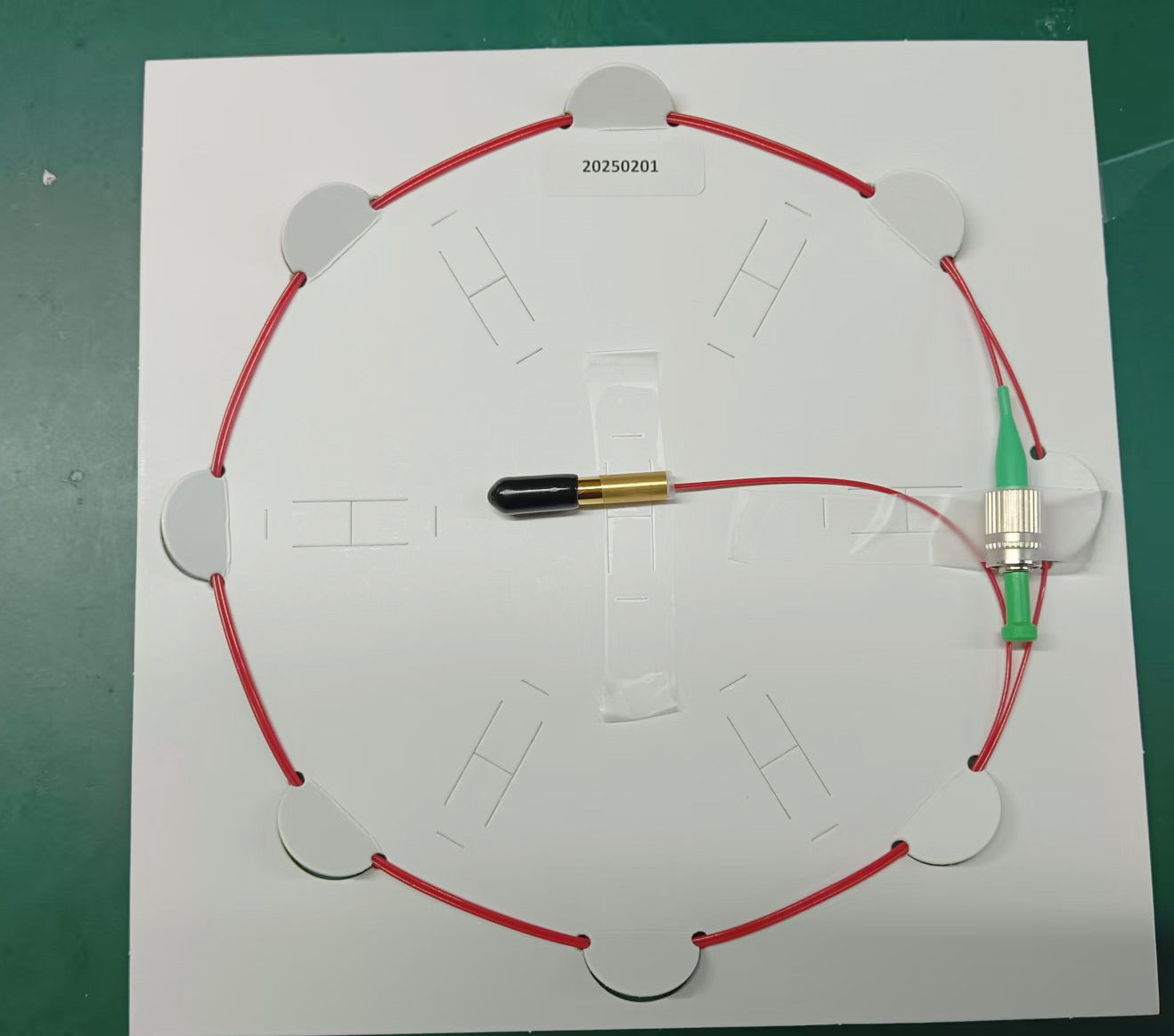Exploring the Core Applications of 780nm Polarization-Maintaining Fiber Collimators
In the fields of precision optics and photonics, optical components with specific wavelengths are crucial for realizing high-end applications. Among them, the 780nm polarization-maintaining fiber collimator, due to its unique performance, has become an indispensable core device in many cutting-edge technology fields. It not only achieves efficient, low-loss beam coupling from fiber to free space, but more importantly, it can maintain and transmit the polarization state of the beam, which is vital for applications that rely on polarization information.
I. Atomic Physics and Quantum Technology
This is the most typical and important application area of the 780nm polarization-maintaining fiber collimator.
Cold Atoms and Bose-Einstein Condensed Matter: The wavelength corresponding to the D2 line level transition of rubidium atoms is precisely 780nm. In cold atom experiments, scientists use precisely 780nm lasers to cool and trap rubidium atoms. Polarization-maintaining fiber collimators play a crucial role here:
* **Beam Transmission and Alignment:** Laser light is stably transmitted from the source to the experimental platform near the vacuum cavity via fiber. The collimator outputs a high-quality parallel Gaussian beam for forming optical adhesives, magneto-optical traps, etc.
* **Polarization Preservation:** Experiments such as magneto-optical traps have strict requirements for the polarization state of the laser (e.g., circularly polarized light is required). Polarization-maintaining collimators ensure that the beam exiting the fiber has a stable and definite polarization state, a necessary condition for successfully trapping and cooling atoms.
* **Atomic Clocks and Precision Measurement:** Rubidium-based atomic clocks (including optical lattice clocks) also utilize 780nm lasers to detect and manipulate atoms. The long-term stability and accuracy of the system require extremely high polarization extinction ratios and mode stability in the optical path; 780nm polarization-maintaining collimators provide reliable guarantees for this.
* **Quantum Computing and Quantum Simulation:** On neutral atom-based quantum computing platforms, 780nm lasers are used for precise initial state preparation, logic gate operations, and final state readout of rubidium atom qubits. All of this is accomplished through free-space optical paths, and polarization-maintaining fiber collimators are fundamental to achieving stable and scalable optical interconnects.
II. Biomedicine and Imaging
780nm lies within the “near-infrared optical window” of biological tissues. In this band, biological tissues exhibit relatively weak absorption and scattering of light, allowing light to penetrate deeply.
Confocal Microscopy and Multiphoton Fluorescence Microscopy: In these high-end microscopes, 780nm lasers are frequently used as excitation sources, especially for exciting certain fluorescent dyes or proteins (such as far-red fluorescent proteins). Polarization-maintaining collimators can:
Efficiently couple the laser to scanning galvanometers and objectives.
Maintain polarization, which is crucial for polarization-resolved imaging techniques, providing additional information about the orientation of biomolecules and organelle structures.
Optical Coherence Tomography (OCT): In certain versions of OCT, 780nm light sources may be used to obtain different tissue contrasts or better imaging depth. Polarization-maintaining devices help improve the system’s signal-to-noise ratio and image quality.
III. Industrial Processing and Sensing
Materials Processing: While the direct processing capability of 780nm lasers is not as good as that of 1μm or longer infrared lasers, it can be used for precision marking and cutting of certain plastics, films, etc., or as a pump source. Polarization-maintaining collimators can precisely guide the laser to the processing point and utilize its polarization characteristics for specific processing (such as processing anisotropic materials).
High-Precision Sensing and Metrology
Interferometric Sensing: In laser interferometers, the stability of the system largely depends on the polarization state of the beam. A 780nm polarization-maintaining collimator can provide a polarization-pure reference beam and measurement beam for interferometric measurement systems, used to measure minute displacements, vibrations, and surface morphologies.
Fiber Optic Sensing Systems: Serving as the interface between free-space light and polarization-maintaining fiber optic sensing networks (such as fiber Bragg grating sensors), it ensures that the polarization state of the probe light matches the sensor, improving measurement sensitivity and accuracy.
IV. Optical Communication and Information Processing
Free-Space Optical Communication: In laser communication between satellites or between ground stations and satellites, 780nm can be used as a communication band. As beam transmitting and receiving antennas in communication terminals, polarization-maintaining fiber collimators (PSCs) offer excellent polarization-preserving capabilities that can be used for polarization coding, enhancing communication capacity and anti-interference capabilities.
Integrated Optics and Quantum Communication: In laboratory systems such as quantum key distribution, 780nm PSCs are commonly used to connect different optical modules (such as light sources, modulators, and detectors) to construct stable and reliable experimental optical paths.
V. Parameter Specifications

Summary
With its two core characteristics of “specific wavelength” and “polarization preservation,” the 780nm PSC has successfully found its place in numerous high-tech fields. From quantum laboratories exploring the deepest laws of matter to biological imaging platforms observing the mysteries of life, and to industrial and communication systems requiring extreme precision, it plays a crucial bridging role. With the continuous development of atomic physics, quantum technology, and biophotonics, the demand for high-performance 780nm PSCs will inevitably increase, and its application boundaries will continue to expand.

Comments are closed